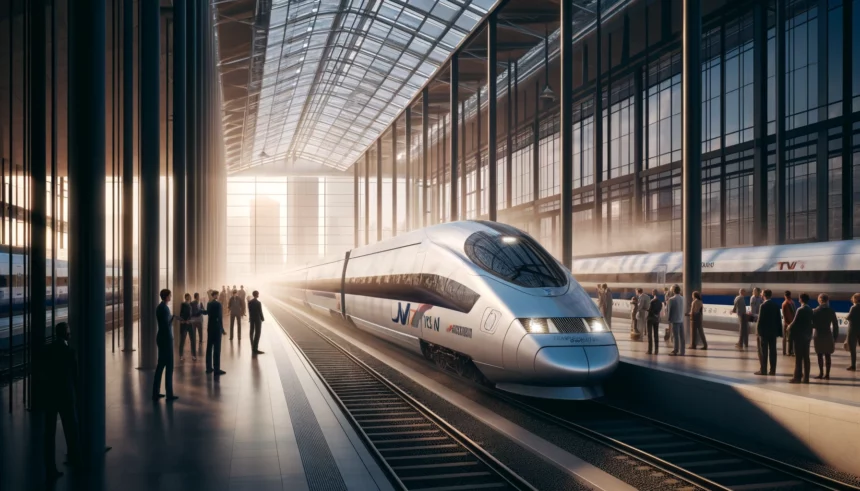The French National Railway Company (SNCF) has introduced an innovative new train, the TGV M, marking a significant advancement in high-speed rail travel since the first TGV was launched back in 1981. This new generation train was showcased in Belfort, where its manufacturer, Alstom, is based.
Dubbed the “TGV of the future,” the TGV M aims to be both more environmentally friendly and cost-effective. It’s designed to consume 20% less electricity than the current duplex TGV trains, thanks to its streamlined nose and improved aerodynamics. This reduction in energy use is a part of SNCF’s broader efforts to cut costs and enhance efficiency.
Moreover, the train will be cheaper to maintain, with maintenance costs expected to be 30% lower than those of existing models. It’s not just about savings; the TGV M will also increase revenue potential by accommodating more passengers. With nine cars instead of the usual eight, it can carry up to 740 passengers, about a hundred more than current trains.
Passengers will enjoy more space inside the train, which includes more seating, a two-story bar, and high-speed internet access. Additionally, it boasts a 32% reduction in CO2 emissions, aligning with growing environmental sustainability goals.
SNCF’s TGV M represents a significant step forward in making rail travel both more sustainable and economically viable.
















